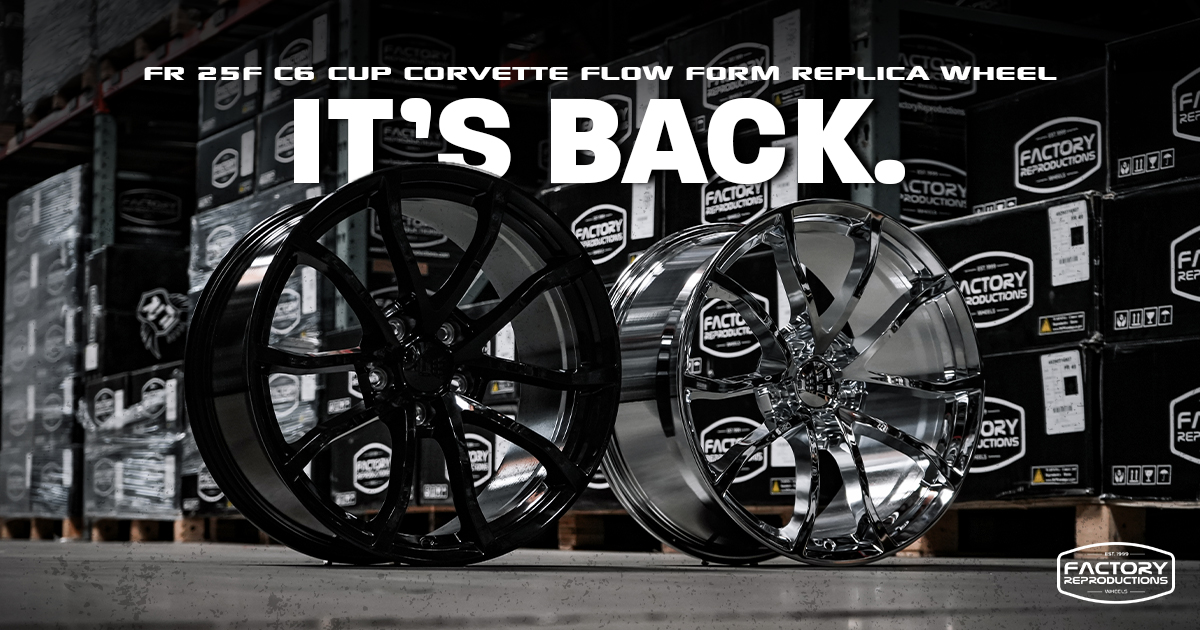As the only point of contact between your vehicle and the road, your wheels are the most prone to damage. Potholes, curbs, and road debris are common hazards that can cause dings, scratches, or even bends. This affects both the appearance and structural integrity of your wheels. While wheel damage can be frustrating, many issues are repairable depending on their severity.
This article acts as a guide to help you explore your options for safe, effective wheel repair.
Fixing Bent Wheels
A bent wheel poses a serious safety hazard that demands immediate attention. When a wheel is bent, its structural integrity is impacted.
Identifying A Bent Wheel
To confirm whether a wheel is bent, start with a visual inspection and look for anything unusual such as distortions or dents on the wheel’s surface. You can also remove the wheel and perform a spin test, as any wobbling or imbalance from the wheel while it is spinning is a clear indication of a bent wheel.
Shaky vibrations are also a common sign of a bent wheel, often felt through the steering wheel or the vehicle itself. Your car’s performance and handling may also be noticeably different, with the vehicle feeling sluggish.
Other warning signs include drops in tire pressure and uneven tire tread wear, as the bent wheel prevents the tire from maintaining proper contact with the road. Identifying and addressing a bent wheel early is very important to prevent additional damage to your tires and other components.
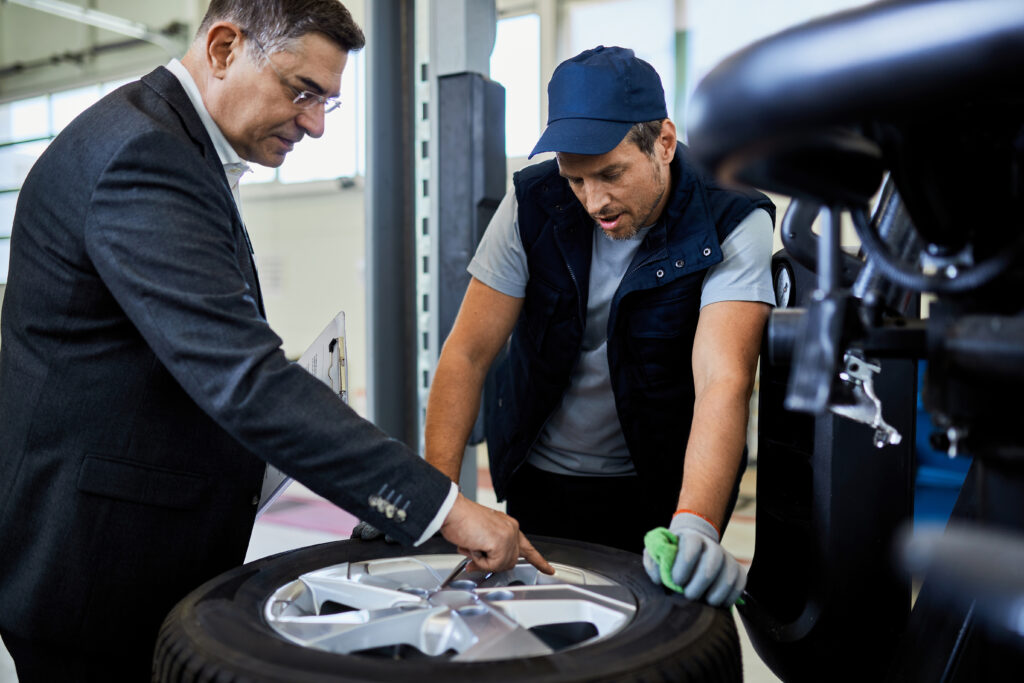
Repairing a Bent Wheel
Now here is where we recommend that you more than likely, take your set of wheels to a highly-trained technician for repair. This is recommended because there may be integrity issues apart from any visual cues, that you may not be able to see.
Some attempt to complete DIY solutions and while those solutions might prove solid results, not every procedure applies to the same type of wheel. For instance, restoring a steel wheel using a hammer and a mallet may not carry the same results when repairing an alloy wheel where those tools can create further impact and potentially, more cracks.
Furthermore, there are potential risks and dangers from chemicals and tool usage when attempting a DIY wheel repair restoration. While a DIY repair may sound cost-friendly, your odds of a proper restoration will increase when conducted by an experienced wheel repair technician.

The Restoring Process
Restoring an aluminum alloy wheel begins with removing the wheel from the tire.
Once the wheel is separated from the tire, heat is applied around the affected area. Heating the aluminum alloy for a couple of minutes makes the material more malleable, reducing the risk of cracking during the repair process. Using a blowtorch, technicians focus on evenly applying heat across the affected area.
After the area is sufficiently heated, specialized tools or a mallet are then used to carefully work the metal back into shape while a tool from the inner part of the wheel presses against the bent area. It’s important to apply consistent pressure here.
Depending on the severity of the damage, welding may be necessary to reinforce the affected area. Welding helps the structural integrity of the wheel and ensures consistent weight distribution. This step is important for preserving the wheel’s performance and safety.
The repaired section is then sanded down to create a smooth and uniform surface. Finally, the wheel is thoroughly inspected and checked for proper balancing.
As mentioned earlier, some steps may require professional expertise such as welding or balancing. Thus for safety measures, it is advised to consult a professional for wheel damage severity before attempting a DIY solution.
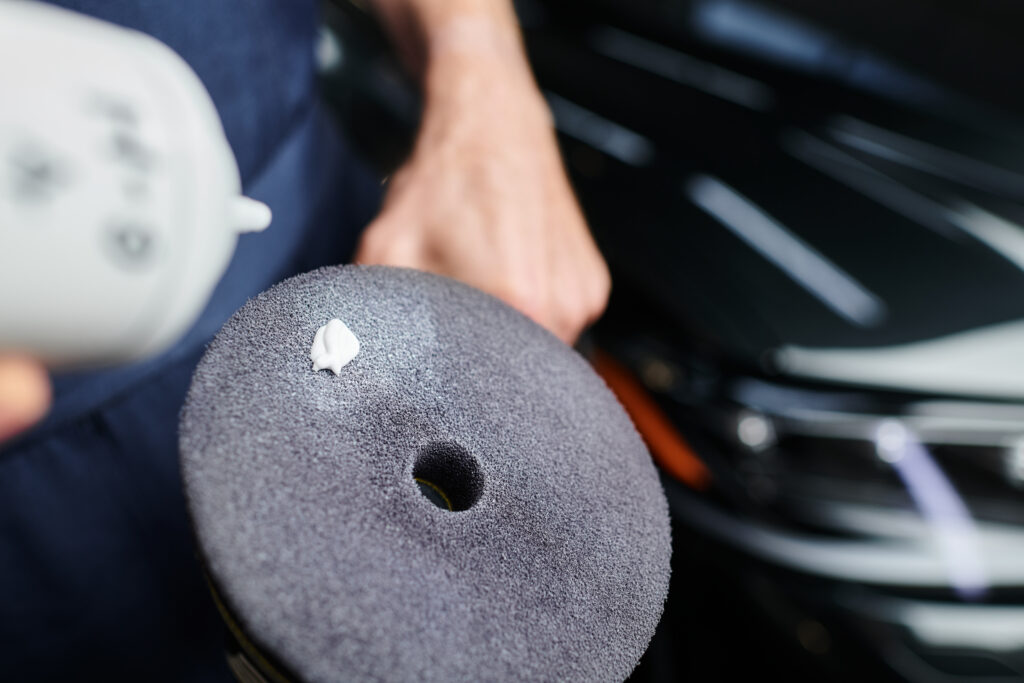
Repairing Wheel Scratches
Wheel scratches can be frustrating, but are quite common. The range of scratch severity scales from light-surface to deep-surface. Thankfully, many scratches can be repaired. The first step is to determine the depth of the scratch.
Light Surface Scratches
Light surface scratches that have yet to impact the clear coat layer are relatively easy to fix.
Begin by thoroughly cleaning the rim to remove dirt and debris. Then, sand lightly in circular motions and top off with a polish to buff away the scratch on the wheel. Apply a quality polish to restore the rim’s shine and act as a protective layer. Apply touch-up paint as needed. That might be all that is needed for lighter scratches.
Deep Surface Scratches
On the other hand, deeper scratches that damage the paint require a more complex process. Deeper scratches require more caution as deep scratches have the potential to affect the wheel’s integrity. Start by lightly sanding the damaged area with fine-grit sandpaper to achieve a smooth surface. If the scratch is significant, consider using a filler kit to even out the damaged section.
Once the area is filled, repaint it with matching wheel paint and finish with a clear coat to protect the surface. After the clear coat has dried, a final polish can help restore the wheel’s original look.
However, if the wheel scratch is very deep, then it is best to consult a professional to ensure a proper restoration and avoid any additional damage that can come from a DIY solution.
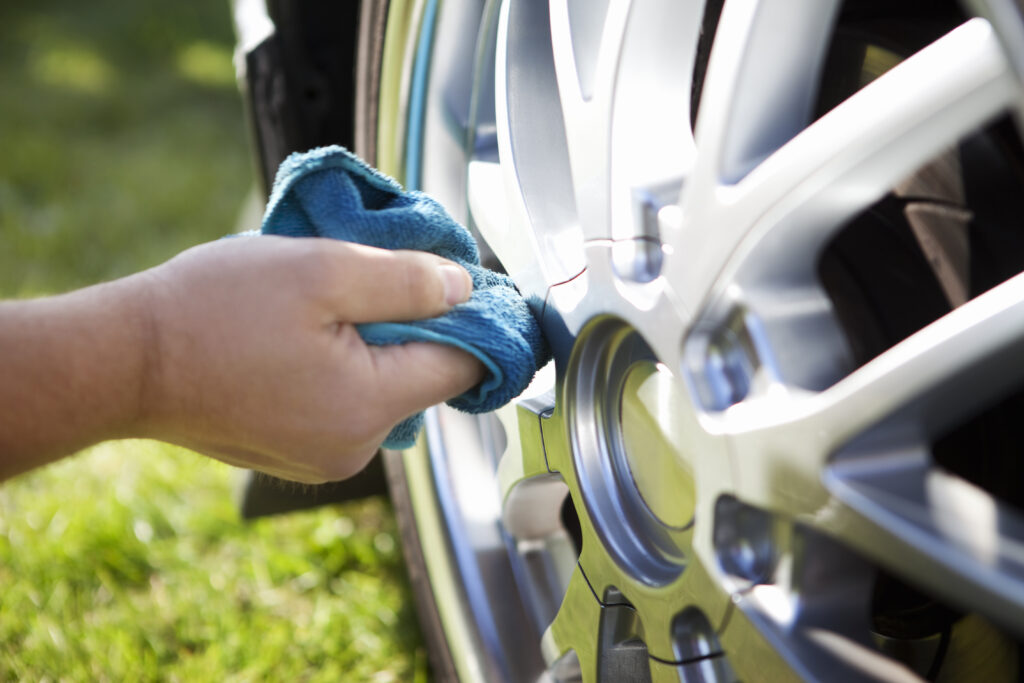
Wheel Replacement
When dealing with severe wheel bends and fractures, a wheel’s structural integrity has almost assuredly been impacted, deeming a professional restoration near impossible. Beyond safety concerns, the cost and effort of repairing a heavily damaged wheel sometimes outweigh the price of purchasing a replacement.
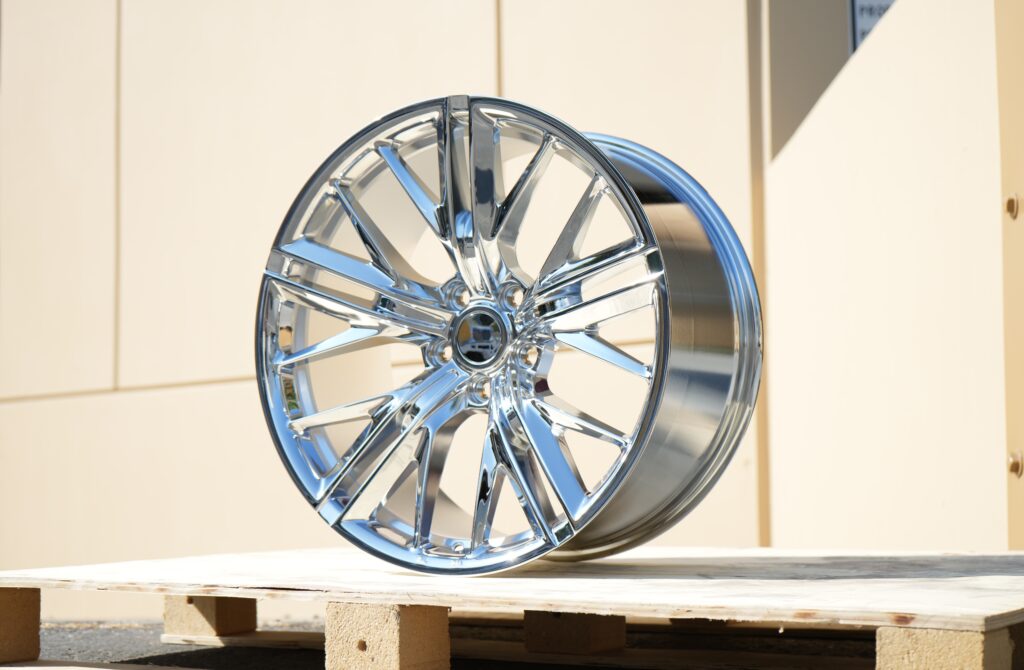
High-quality OEM replicas such as the ones manufactured here at Factory Reproductions, can be a more practical and cost-effective solution. Backed by an extensive catalog for most vehicle makes, our functional wheels save you both time and additional expenses.


